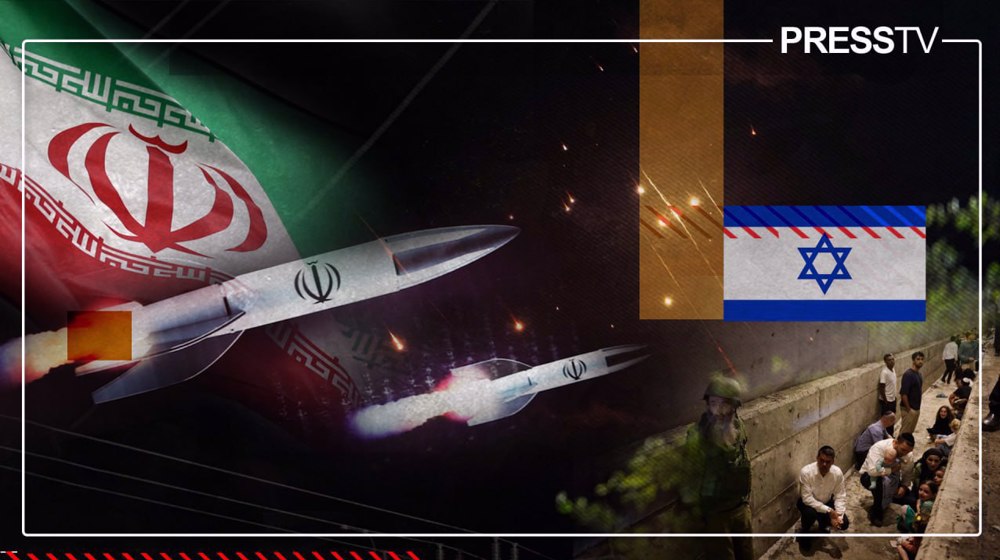Iran to unveil domestically-made strategic radars
A senior Iranian commander says Iran will unveil two domestically-manufactured strategic radars within the next few days.
The two radars, named Bina and Nazir, will be deployed in two different mountainous and plain areas inside the Iranian territory, said Brigadier General Farzad Esmaili, the commander of Iran’s Khatam al-Anbiya Air Defense Base.
He added that the home-built radars, which will be unveiled on Tuesday, have advanced technological capabilities and are “unique” in the region.
The commander added that the long-range radars can detect small flying objects and cruise missiles with high accuracy.
Esmaili said the country's Fat'h 14 radar would also be deployed in an air defense site, adding that the long-range system has semi-conductor technology.
Furthermore, he said the Talash missile system has been produced in cooperation with Iran’s Defense Ministry to intercept targets at medium and high altitude.
The commander also noted that Iran would also produce and unveil new drones, but refused to give details due to security reasons.
Esmaili added that the secondary surveillance radar (SSR) system would also be manufactured and unveiled.
He also emphasized that Iran has succeeded in increasing the number of air defense sites from 3,600 to 3,800 and said the country plans to bring the figure to 5,000.
The Iranian commander said the Khatam al-Anbiya Air Defense Base will hold a joint maneuvers with the Islamic Revolution Guards Corps (IRGC) in fall.
In recent years, Iran has made great achievements in its defense sector and reached self-sufficiency in producing essential military equipment and systems.

The country has manufactured different types of state-of-the-art radar systems, including Arash-2 and Kayhan, as well as missiles, including Khalij-e-Fars (Persian Gulf), Mehrab (Altar), Ra'd (Thunder), Qader (Mighty), Nour (Light) and Zafar (Triumph).
The Islamic Republic of Iran has repeatedly assured other nations, especially regional neighbors, that its military might poses no threat to other countries, stating that its defense doctrine is merely based on deterrence.

Iran, Tajikistan discuss defense partnership, counter-terrorism cooperation

IRGC: Iran’s military capabilities ‘non-negotiable’; national security ‘red line’

One year since Op. True Promise I, when Israel unraveled like spider’s web
VIDEO | Press TV's news headlines
VIDEO | Paris rally condemns Israel, decries killing of Palestinian journalists
VIDEO | Italy's Meloni visits US to discuss Trump's tariffs as EU unity at risk
VIDEO | Syria under HTS
1 killed as US keeps up deadly escalation against Yemen
ICC sues Hungary for failing to arrest fugitive Israeli war criminal Netanyahu
VIDEO | Western coverage of Israeli war on Gaza
VIDEO | US's broken commitments







 This makes it easy to access the Press TV website
This makes it easy to access the Press TV website